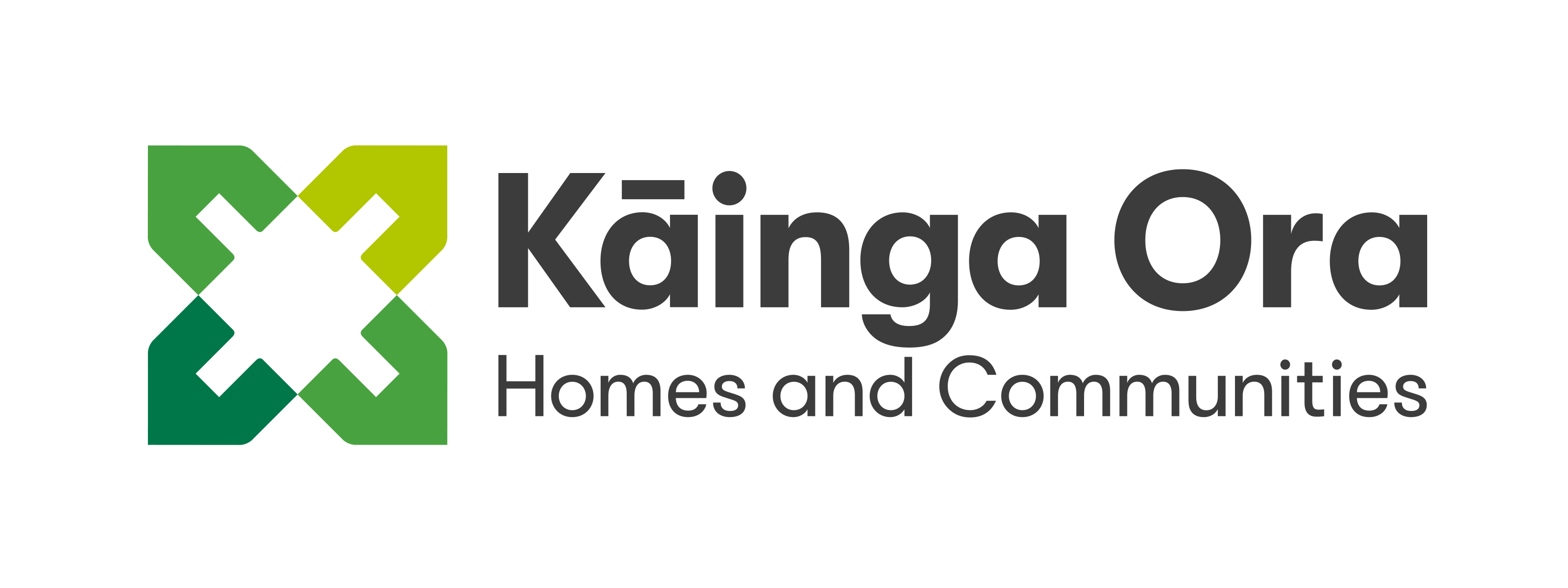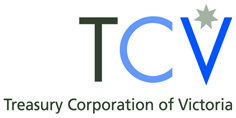Latest News
The sustainable-finance market is primarily still a green-finance market – focused mainly on environmental projects and outcomes. Social finance is a relatively small segment but many market participants have hopes for growth.
The sustainable-finance market is primarily still a green-finance market – focused mainly on environmental projects and outcomes. Social finance is a relatively small segment but many market participants have hopes for growth.
New Zealand Debt Management (NZDM)’s funding requirement for the 2021 fiscal year declined gradually throughout 2020 as New Zealand controlled COVID-19 and reopened its economy. But its task is still historically large. Kim Martin, acting director at the Treasury in Wellington, explains the funding strategy.
Export Finance Australia’s increased borrowing activity in 2020 is another illustration of the impact of government stimulus on the wider economy and exporters in particular. Chris Collard, director, treasury at Export Finance Australia in Sydney, shares insights into the agency’s new lending activities and the funding it now requires.
Nearly three years since Kāinga Ora – Homes and Communities’ return to public funding markets, the agency is settling into a mature issuance rhythm as well as leading the New Zealand market on sustainability reporting. Kāinga Ora’s Wellington-based treasurer, Sam Direen, discusses its evolution.
National Housing Finance and Investment Corporation (NHFIC) is Australia’s only programmatic social-bond issuer. In 2020, global interest in the product soared. Nathan Dal Bon, NHFIC’s Sydney-based chief executive, discusses the issuer’s social reporting and increasing demand from investors.
New Zealand Local Government Funding Agency (LGFA) issued and lent in record volume during 2020 in response to the COVID-19 crisis. Council funding requirements are expected to take different paths going forward, but Mark Butcher, LGFA’s Wellington-based chief executive, says the agency’s funding strategy will remain consistent as it aggregates the sector’s needs.
New South Wales Treasury Corporation (TCorp)’s Sydney-based senior balance sheet manager, Gavin Sinnott, and head of funding and balance sheet, Fiona Trigona, address the state’s funding strategy in the context of a state government seeking to support economic recovery.
Queensland Treasury Corporation (QTC) issued significant volume into long-end benchmark and nonbenchmark bonds during 2020. Grant Bush, the issuer’s Brisbane-based deputy chief executive and managing director, funding and markets, lays out the prospects for more long and ultra-long funding.
South Australian Government Financing Authority (SAFA) has been Australia’s market leader in alternative reference-rate (ARR) issuance – and it is already realising the benefits, says Andrew Kennedy, director, treasury services at SAFA in Adelaide. With a larger funding task in view, further development of ARR issuance is on the cards as is greater liquidity in benchmark lines.
Treasury Corporation of Victoria (TCV) moved rapidly to respond to a seismic shift in its funding requirement as the COVID-19 response hit Victoria harder than its peers in 2020. Paul Kelly, TCV’s Melbourne-based head of markets, explains the borrower’s strategy for meeting its requirements.
Western Australia (WA) emerged as Australia’s strongest-performing state economy in 2020, on the back of a surging iron-ore price and a growing track record of fiscal discipline from the state government. As a result, Western Australian Treasury Corporation (WATC)’s funding requirement has not increased in the wake of the COVID-19 crisis to anything like the same degree as many of its peers. Kaylene Gulich, WATC’s Perth-based chief executive, discusses the outlook.












